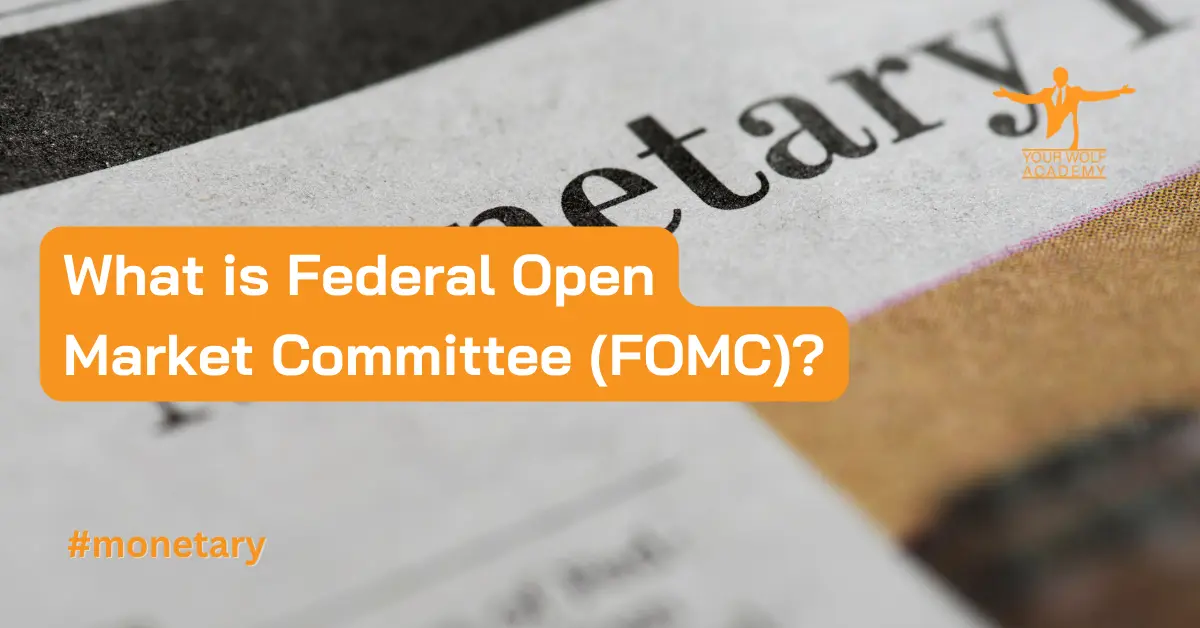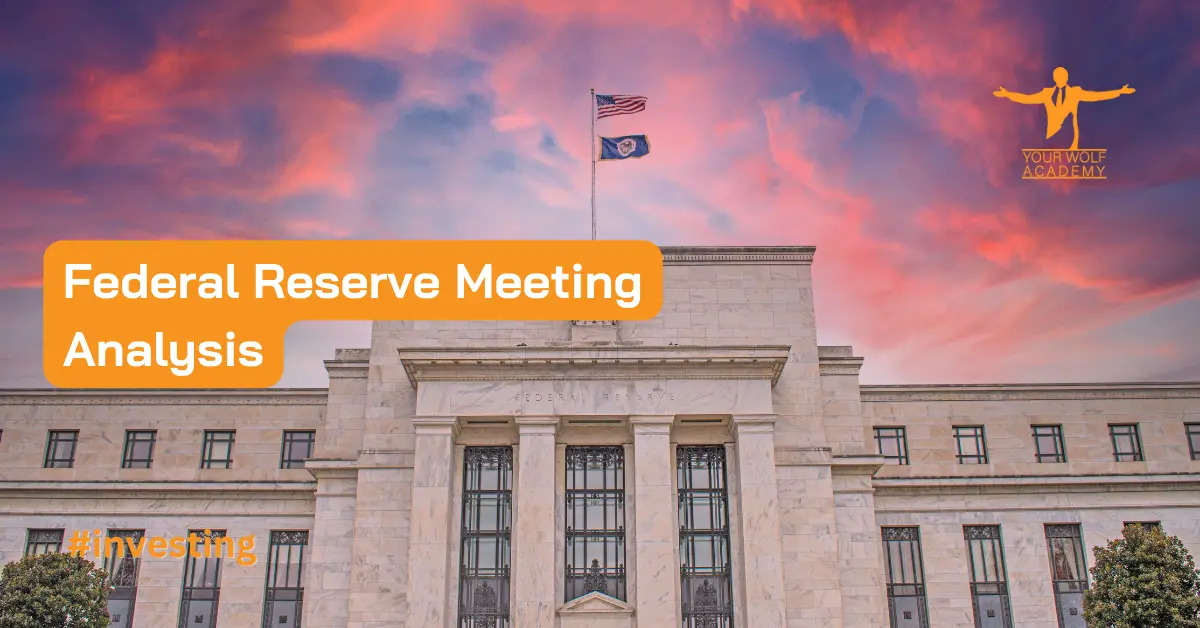The Federal Open Market Committee (FOMC) is the most important monetary policy-making body in the United States. It is responsible for setting the nation’s monetary policy, which affects the cost and availability of credit, interest rates, and inflation.
The FOMC’s decisions have far-reaching effects on the economy and financial markets. In this article, we will provide an overview of the FOMC, including its members, meetings, decision-making process, and impact on monetary policy.
What is the FOMC?
The FOMC is a 12-member committee that consists of seven members of the Board of Governors of the Federal Reserve System and five of the 12 Federal Reserve Bank presidents. The Chair of the Board of Governors serves as the Chair of the FOMC, while the President of the Federal Reserve Bank of New York serves as the Vice Chair of the Committee. The FOMC meets approximately eight times per year to discuss economic and financial conditions and to set monetary policy.
Membership of the FOMC
The seven members of the Board of Governors are appointed by the President of the United States and confirmed by the Senate. They serve staggered 14-year terms to ensure their independence from political pressure. The President also appoints the Chair and Vice Chair of the Board of Governors.
The 12 Federal Reserve Bank presidents are selected by their respective boards of directors, subject to the approval of the Board of Governors. They serve five-year terms on a rotating basis. The President of the Federal Reserve Bank of New York is a permanent member of the FOMC, while the other Federal Reserve Bank presidents serve one-year terms on a rotating basis.
Meetings of the FOMC
The FOMC meets approximately eight times per year, usually on a Tuesday or Wednesday. The meetings are held in Washington, D.C., but sometimes they are held at the Federal Reserve Bank of New York. The meetings are closed to the public, and the minutes of the meetings are released to the public three weeks after the meeting.
Decision-Making Process of the FOMC
The FOMC’s decision-making process is a complex one that involves input from a wide range of sources. The Committee receives economic and financial data from the Federal Reserve Banks, as well as from outside sources. The FOMC also considers the views of market participants, academic experts, and other policymakers.
At each meeting, the FOMC reviews the latest economic and financial data and discusses the outlook for the economy. The Committee then votes on a monetary policy decision, which is announced after the meeting.
The FOMC can decide to change the federal funds rate, which is the interest rate at which banks lend money to each other overnight. The federal funds rate is an important benchmark for other interest rates, such as those for mortgages and car loans.
The FOMC can also adjust the size and composition of the Federal Reserve’s balance sheet by buying or selling government securities. These actions can affect the level of reserves in the banking system, which in turn can affect interest rates and the availability of credit.
Impact of the FOMC on Monetary Policy
The FOMC’s decisions have far-reaching effects on the economy and financial markets. When the FOMC raises or lowers the federal funds rate, it affects the cost and availability of credit throughout the economy. Higher interest rates can discourage borrowing and spending, which can slow economic growth and inflation.
Lower interest rates can stimulate borrowing and spending, which can stimulate economic growth but may also lead to inflation if it is not balanced with appropriate monetary policy.
The FOMC’s decisions can also affect the value of the U.S. dollar in foreign exchange markets. When the FOMC raises interest rates, it can make U.S. assets more attractive to foreign investors, leading to an increase in demand for U.S. dollars.
This can lead to an appreciation of the dollar relative to other currencies, which can make U.S. exports more expensive and less competitive in international markets.
Conclusion
The Federal Open Market Committee (FOMC) is a key player in the U.S. economy. It is responsible for setting the nation’s monetary policy, which affects the cost and availability of credit, interest rates, and inflation. The FOMC’s decisions have far-reaching effects on the economy and financial markets.
In this article, we have explained what the FOMC is, how it works, and why it matters. We have covered topics such as its members, meetings, decision-making process, and impact on monetary policy. Understanding the role of the FOMC is important for anyone interested in the U.S. economy or financial markets.
Your Wolf Academy offers a range of educational resources to help traders succeed, including free signals, technical analysis, and weekly webinars. Sign up today and get a recommendation for a regulated brokerage company that suits your needs.


